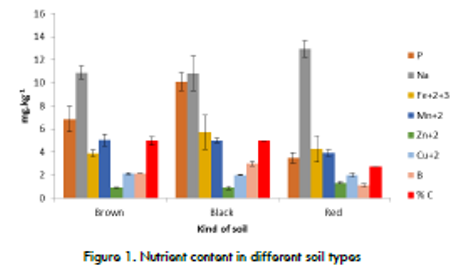
Rodriguez-Buenfil I M
CIATEJ, Mexico
Title: Characterization of three types of soils from Yucatan Mexico and evaluation of their effect on the growth of habanero chili plants
Biography
Biography: Rodriguez-Buenfil I M
Abstract
Statement of the Problem: The fruits of Capsicum chinense plants grown in the Yucatan Peninsula have its appellation of origin based on their unique characteristics, which are suggested to be due to the particularities of the soils in they are cultivated. Leptosols are the most common soils in the world (12%). This is also the case in Mexico (24%) and in the state of Yucatán (80%) The high spatial heterogeneity of Leptosol areas complicates agricultural development and transfer of agricultural technology, among other things. The aim of this study was to characterize three types of soil from Yucatan México (K’áankab lu’um, Red, Box lu’um, black and stony ch’ich’ lu’um, brown) and to analyze its effect on the growth habanero chili plants.
Methodology: A greenhouse cultivation of 120 plants (40 per land type) was established, after one month were measured: height, number of leaves, number of buttons and flowers. The nutrients determination was performed following the methodology described in Official Mexican Standard NOM-021-SEMARNAT-2000.
Findings: The black soil was the one with the highest content of phosphorus (P) and carbon (C) and the red the lowest in the initial soil, while in the soil after one month of plant growth, red had the highest phosphorus content with significant differences between them. The height of the plants and the number of buttons was greater in those that were grew in red soil whereas for the number of flowers and leaves there was no significant differences.
Conclusion & Significance: The nutrient content in soils suggests that they are in acceptable concentrations for the development of the plant, however the values of EC and CIC suggest possible problems of availability of these nutrients to the plant. The red soil was the best for the height of the plants and the number of buttons.

Figure 1. Nutrient content in different soil types

